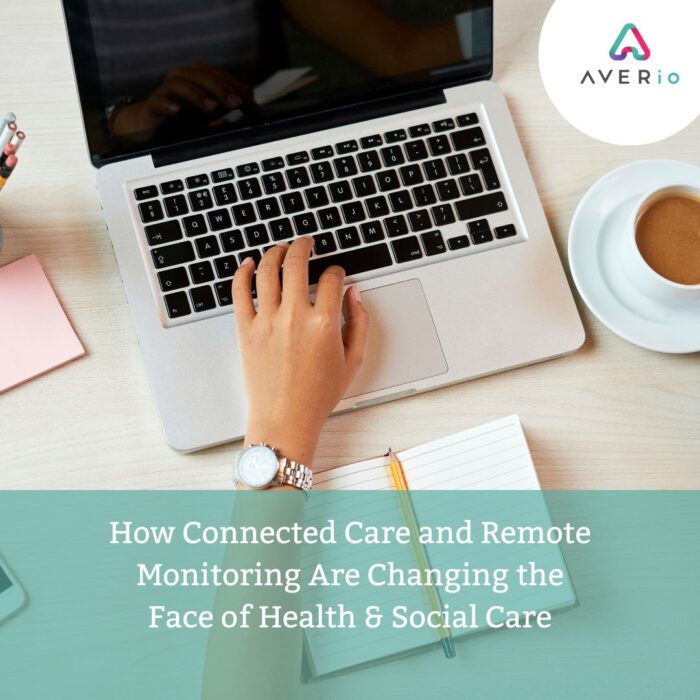
With the introduction of telemedicine and remote monitoring technology, the healthcare environment is undergoing a revolutionary transformation. These cutting-edge solutions are transforming healthcare delivery, making it more accessible, easy, and efficient. In this post, we will look at how connected care and remote monitoring are changing the face of healthcare.
Availability of healthcare at any time and from any location
Connected care, often known as telemedicine, allows individuals to communicate with healthcare practitioners via video calls, phone calls, or secure messaging systems. This technology has removed geographical constraints, making healthcare available to people living in distant places or with limited mobility. Individuals can get medical advice, consultations, and even prescriptions without having to leave their homes, ensuring that healthcare is available when and when it is required.
Care Continuity
Remote monitoring systems have been critical in providing continuity of treatment, particularly for individuals with chronic illnesses or those recovering from surgery. Vital signs, medication adherence, and other health indicators can be tracked with IoT sensors and wearable devices. This real-time data is sent to healthcare providers, allowing them to monitor individuals’ symptoms and intervene as needed. This pre-emptive strategy lowers the likelihood of problems and readmissions, resulting in better outcomes.
Increased Productivity
Connected care and remote monitoring assist both individuals and healthcare organisations. Wait times are reduced, physical documentation is eliminated, and the administrative burden on healthcare professionals is reduced. Healthcare practitioners can visit more individuals in less time, increasing efficiency and lowering costs.
Increased Engagement
Individuals’ involvement in their treatment is critical for improved outcomes, and connected care and remote monitoring encourage active participation. Individuals can more readily access their health data, follow their progress, and communicate with their healthcare staff. This increased involvement develops a sense of personal responsibility for their health, which leads to better adherence to treatment regimens and healthier lifestyle choices.
Preventive Care and Early Intervention
Remote monitoring devices include sensors that identify irregularities in real time. Wearable heart rate monitors, for example, can alert healthcare providers to abnormalities that may indicate cardiac concerns. Such early alerts allow for timely management, reducing the likelihood of adverse outcomes and hospitalisations. Furthermore, connected care appointments allow for discussions about preventative care, such as lifestyle changes and immunisation recommendations, which contribute to overall wellness.
Healthcare Cost Reduction
Connected care and remote monitoring have the potential to drastically lower healthcare expenses. These technologies save money for both individuals and healthcare systems by reducing the need for in-person visits, hospital admissions, and unneeded tests. Furthermore, remote monitoring can assist in identifying high-risk individuals and providing tailored therapies, hence avoiding costly problems.
Technological and Regulatory Advancements
Regulation changes and technical developments are also driving the rapid rise of connected care and remote monitoring. Governments and healthcare organisations have recognised the significance of these technologies, loosened rules, and extended reimbursement alternatives. Concurrently, technical advancements such as AI-powered diagnostics and secure data transmission are making connected care and remote monitoring more effective and user-friendly.
Finally, connected care and remote monitoring are changing the healthcare landscape by boosting access, improving efficiency, increasing individual participation, and lowering costs. These tools are more than just a reaction to the COVID-19 pandemic; they represent a fundamental shift in how healthcare is delivered and received. As they evolve and become more incorporated into regular healthcare practises, the future of care will be defined by ease, quality, and improved health outcomes for people all around the world.
Related Articles
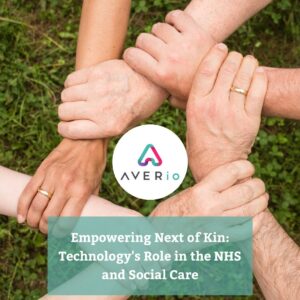
Empowering Next of Kin: Technology’s Role in the NHS and Social Care.
In the National Health Service (NHS) and social care sectors of the United Kingdom, next of kin play an important role in supporting their loved ones’ well-being and care needs. Historically, this responsibility has been fraught with issues such as

Promoting Independence for Older People
As the population ages, the National Health Service (NHS) and the social care sector have become more aware of the importance of promoting independence for older people. Encouraging older people to keep their autonomy and self-sufficiency improves their quality of
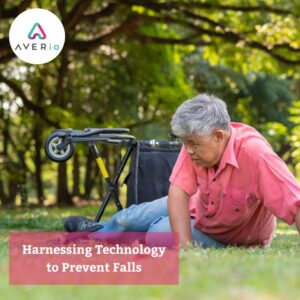
Harnessing Technology to Prevent Falls: Advances in the UK NHS and Social Care
Falls among the elderly are a big concern for the UK’s National Health Service (NHS) and social care sector. Falls can have significant repercussions, including injuries, hospitalisations, and a decline in overall health and independence. However, technological breakthroughs provide intriguing
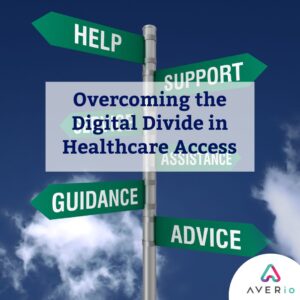
Overcoming the Digital Divide in Healthcare Access
The digital gap, defined as discrepancies in access to and use of digital technology, is a major topic in healthcare. Access to healthcare services and information in today’s digital era frequently relies on digital technologies and platforms. However, not everyone
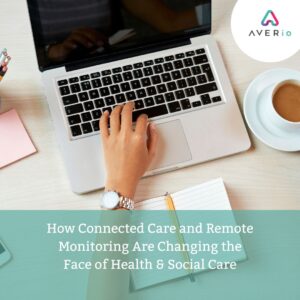
How Connected Care and Remote Monitoring Are Changing the Face of Healthcare
With the introduction of telemedicine and remote monitoring technology, the healthcare environment is undergoing a revolutionary transformation. These cutting-edge solutions are transforming healthcare delivery, making it more accessible, easy, and efficient. In this post, we will look at how connected
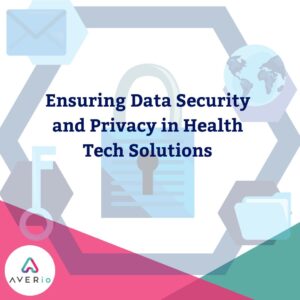
Ensuring Data Security and Privacy in Health Tech Solutions
The widespread adoption of health-tech solutions such as electronic health records (EHRs), telehealth platforms, and wearable gadgets has proclaimed a new era in healthcare. While these advancements have many advantages, they also pose serious issues about data security and individual

